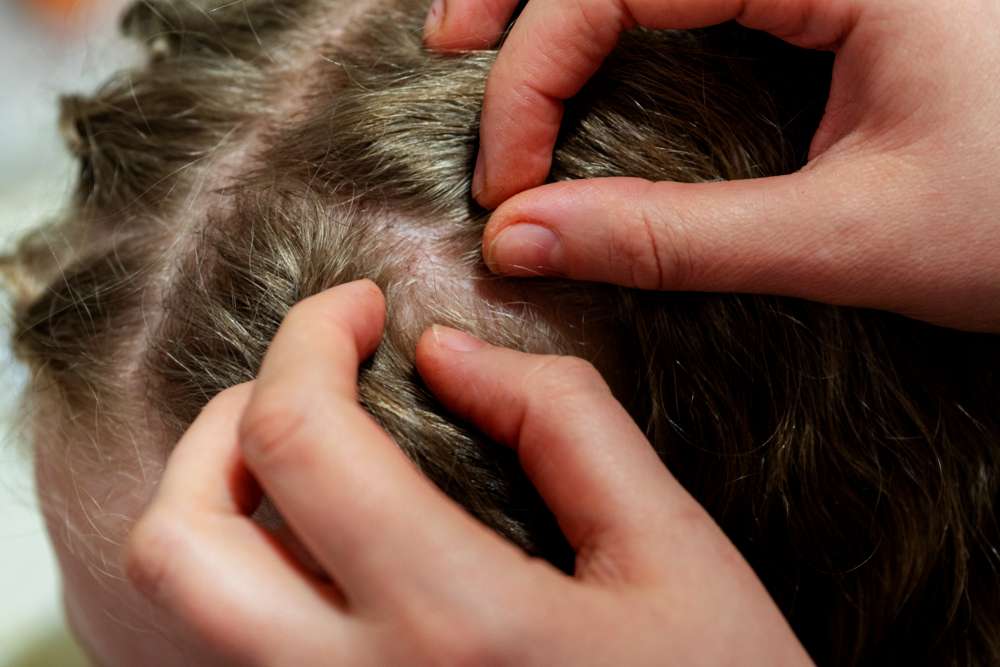Selecting Developers and Formulas by Hair Structure
Choosing the right developer strength and formula depends on hair structure, current color, and the desired result. This article explains how porosity, undertone, and lift affect dyeing and toning choices, and outlines practical considerations for balayage, glossing, bonding, and long-term maintenance.

Hair structure dictates how color products behave: thin, porous, or heavily textured hair will respond differently to developer and formula choices. Understanding porosity, natural undertone, and desired lift helps pick a developer that achieves predictable dyeing and toning results without undue damage. This piece breaks down practical decision points for stylists and informed consumers, covering developer selection, formula adjustments, and how techniques like balayage and glossing interact with oxidation and bonding processes.
Dyeing and developer choices
When planning a dyeing service, match developer strength with hair thickness and porosity. Low-porosity hair resists penetration, so higher developer can give needed lift but risks overprocessing; fragile or previously lightened hair often needs lower-volume developer plus longer processing with careful monitoring. Consider the target lift and whether you will use ammonia-free or oxidative tint; oxidation relies on developer activity to reveal pigment, so correct volume helps control both lift and final tone.
Toning with undertone awareness
Toning is about neutralizing or enhancing the hair’s undertone after lift. Warm undertones emerge as brassiness when natural pigment lifts, and toners are chosen to counteract or refine these hues. A demi-permanent glossing product with low developer or no peroxide is appropriate for subtle tone correction, while stronger toners with 10–20 volume developer are used for more substantial adjustments. Balance toning goals against porosity to avoid uneven absorption.
Assessing porosity and lift expectations
Porosity affects how much lift you can safely achieve: high-porosity hair lifts quickly but fades and oxidizes more readily; low-porosity hair requires more aggressive approach or preconditioning for even lift. Test a small section to estimate lift and observe oxidation behavior. When calculating expected lift, factor in prior chemical services; overlapping previously lightened hair increases bonding concerns and alters how a developer will act, which should influence formula dilution and timing.
Developer strength and bonding considerations
Developer volume (10, 20, 30, 40) controls lift and oxidation rate. Use lower volumes to deposit color or refresh glossing without breaking too many bonds; higher volumes provide lift but stress the hair’s internal structure. If bonding protection is a priority, incorporate bond-building additives or select formulas that include protein and reparative agents. These measures reduce long-term weakening during dyeing and toning, especially when processing at higher volumes.
Balayage, glossing, and oxidation management
Balayage techniques often rely on controlled lift in selected sections, making developer choice critical to avoid harsh contrast. For painted lightening, a monitored 20–30 volume may be appropriate depending on hair structure; follow with a glossing or demi-permanent tone to harmonize undertones. Oxidation continues after rinsing for a short period, so neutralizing agents and timely toning help minimize unwanted brassiness. Bonding treatments before or after lightening can preserve elasticity and reduce fading.
Maintenance, fading, and long-term care
After any dyeing or toning, maintenance plans should address fading and oxidation. High-porosity hair typically needs more frequent glossing and protein/moisture balance treatments to prevent rapid fading. Color-safe shampoos, lower-wash frequency, and UV-protection products all extend tone life. For balayage or root-blending services, periodic toning and targeted bond-repair treatments help maintain consistent appearance while keeping the structure healthy.
Conclusion Selecting the right developer and formula requires assessing hair structure—porosity, natural undertone, existing damage—and aligning those findings with desired lift and tone. Combining appropriate developer volume with protective bonding agents and tailored toning strategies produces more predictable results and reduces long-term fading and oxidation. A small strand test and a conservative, monitored approach often protect hair integrity while achieving the intended color effect.





